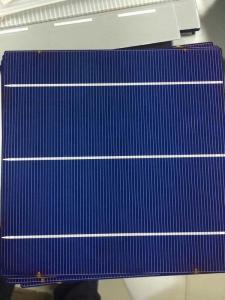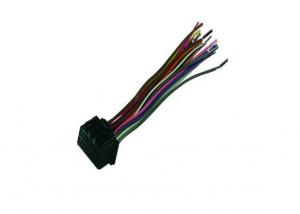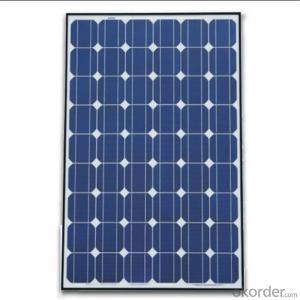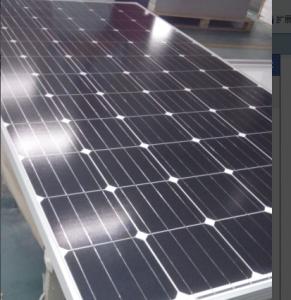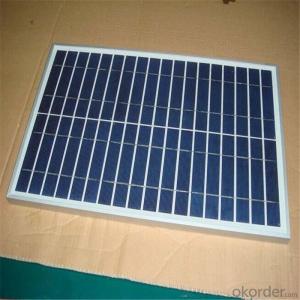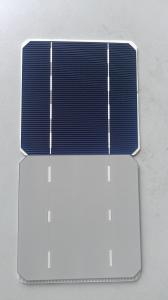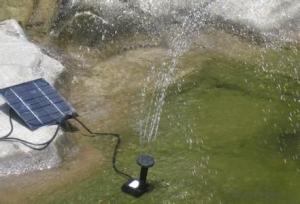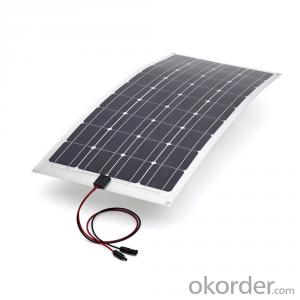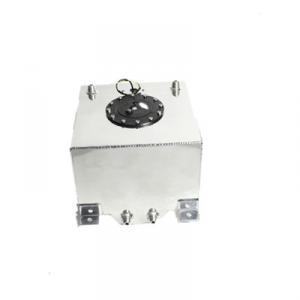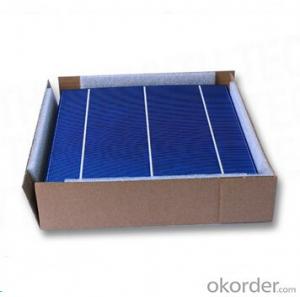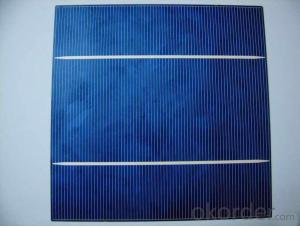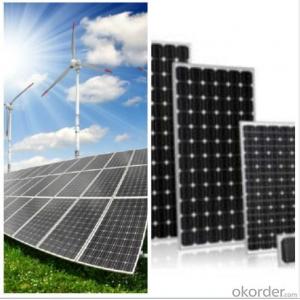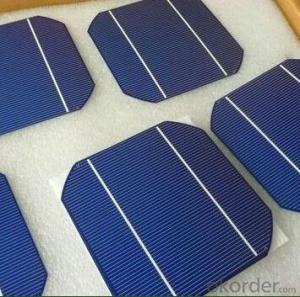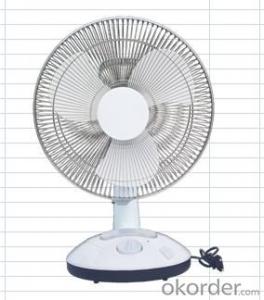Honda Solar Cells
Honda Solar Cells Related Searches
Hyundai Solar Cells Hobby Solar Cells High Power Solar Cells High Performance Solar Cells High Temperature Solar Cells Photovoltaic Solar Cells Hjt Solar Cells Hanwha Solar Cells High Efficiency Solar Cells Hot Solar Cells Home Depot Solar Cells High Voltage Solar Cells Solar Energy Cells Hexagonal Solar Cells Heterojunction Solar Cells Foldable Solar Cells High Wattage Solar Cells Folding Solar Cells Electric Solar Cells Home Built Solar Cells Solar Cell Module Free Solar Cells High Quality Solar Cells High Output Solar Cells Buy Solar Cells Hyundai Solar Module Chinese Solar Cells Aerospace Solar Cells Alta Devices Solar Cells Highest Efficiency Solar CellsHonda Solar Cells Supplier & Manufacturer from China
Honda Solar Cells, a division of the renowned automotive company, specializes in the production of high-quality solar energy solutions. These products are designed to harness the power of the sun and convert it into usable electricity, catering to both residential and commercial needs. Honda Solar Cells are engineered to provide reliable and efficient energy generation, making them an excellent choice for those looking to reduce their carbon footprint and save on energy costs. The applications of these solar cells are vast, ranging from powering homes and businesses to charging electric vehicles and supporting off-grid living. They are also utilized in various outdoor applications, such as lighting and powering remote monitoring systems, making them a versatile solution for a sustainable future.As a wholesale supplier, Okorder.com boasts a large inventory of Honda Solar Cells, ensuring that customers have access to a wide range of options to suit their specific requirements. This extensive selection not only includes various models and sizes of solar panels but also encompasses a range of accessories and components necessary for a complete solar energy system. By partnering with Okorder.com, customers can benefit from competitive prices, prompt delivery, and the assurance of quality that comes with purchasing from a reputable supplier. Honda Solar Cells, available through Okorder.com, are thus an ideal choice for those seeking to invest in renewable energy solutions that are both environmentally friendly and economically viable.
Hot Products
